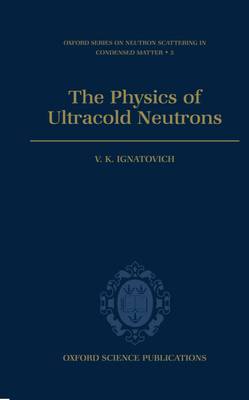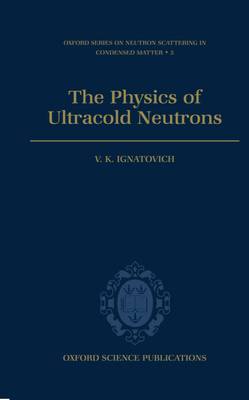
- Afhalen na 1 uur in een winkel met voorraad
- Gratis thuislevering in België vanaf € 30
- Ruim aanbod met 7 miljoen producten
- Afhalen na 1 uur in een winkel met voorraad
- Gratis thuislevering in België vanaf € 30
- Ruim aanbod met 7 miljoen producten
Zoeken
Omschrijving
Slow-moving, low-energy ultracold neutrons provide an important tool for investigations in physics. They can be kept in hermetically sealed vessels for up to 15 minutes before they decay, allowing researchers sufficient time to observe the action of very weak fields and yielding valuable insights into neutron properties. In addition to describing how these particles are produced, detected, and analyzed, this book provides coverage of improvements in the techniques of ultracold neutron science--with information on how physicists may increase storage times--and explores ways they can be used for fundamental and applied research. Areas of study reported on include the determination of an upper limit to the electric dipole moment of neutrons, improved measurements of decay time, and new approaches to diffraction and diffusion theory. Although the text avoids mathematical detail, this is covered in appendices at chapter ends. The material is intended for specialists in neutron
physics.
physics.
Specificaties
Betrokkenen
- Auteur(s):
- Uitgeverij:
Inhoud
- Aantal bladzijden:
- 416
- Taal:
- Engels
- Reeks:
- Reeksnummer:
- nr. 5
Eigenschappen
- Productcode (EAN):
- 9780198510154
- Verschijningsdatum:
- 15/11/1990
- Uitvoering:
- Hardcover
- Formaat:
- Genaaid
- Afmetingen:
- 165 mm x 241 mm
- Gewicht:
- 843 g

Alleen bij Standaard Boekhandel
+ 245 punten op je klantenkaart van Standaard Boekhandel
Beoordelingen
We publiceren alleen reviews die voldoen aan de voorwaarden voor reviews. Bekijk onze voorwaarden voor reviews.











